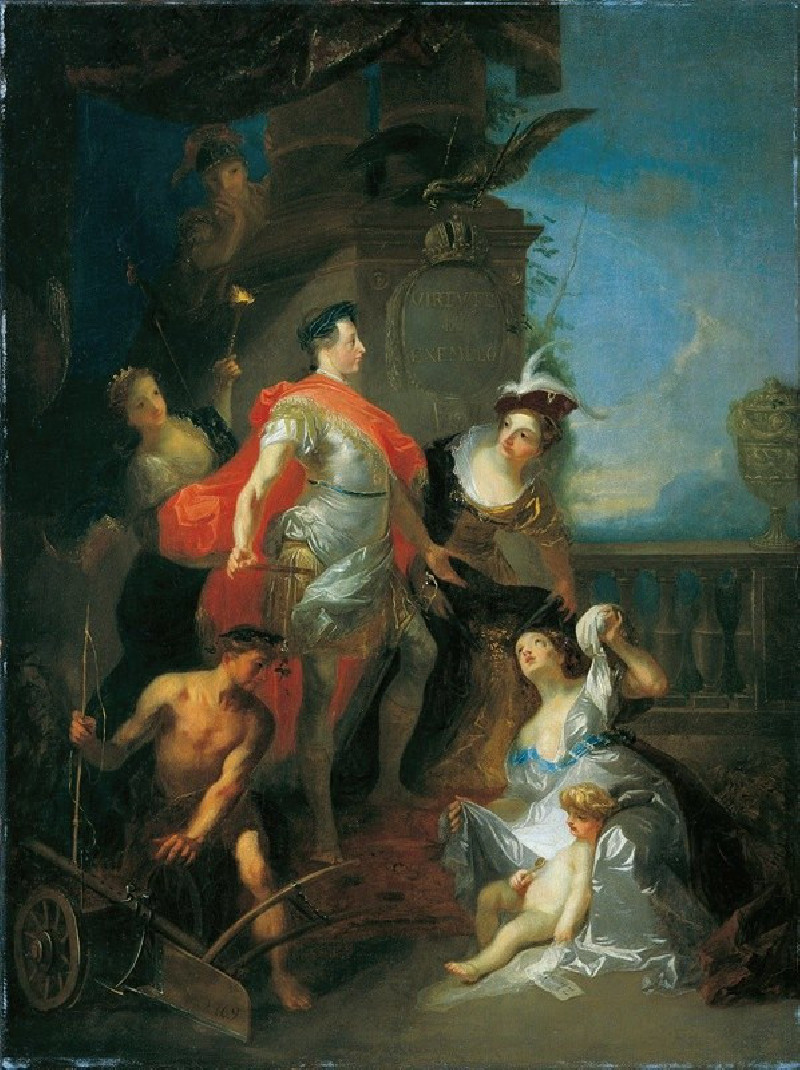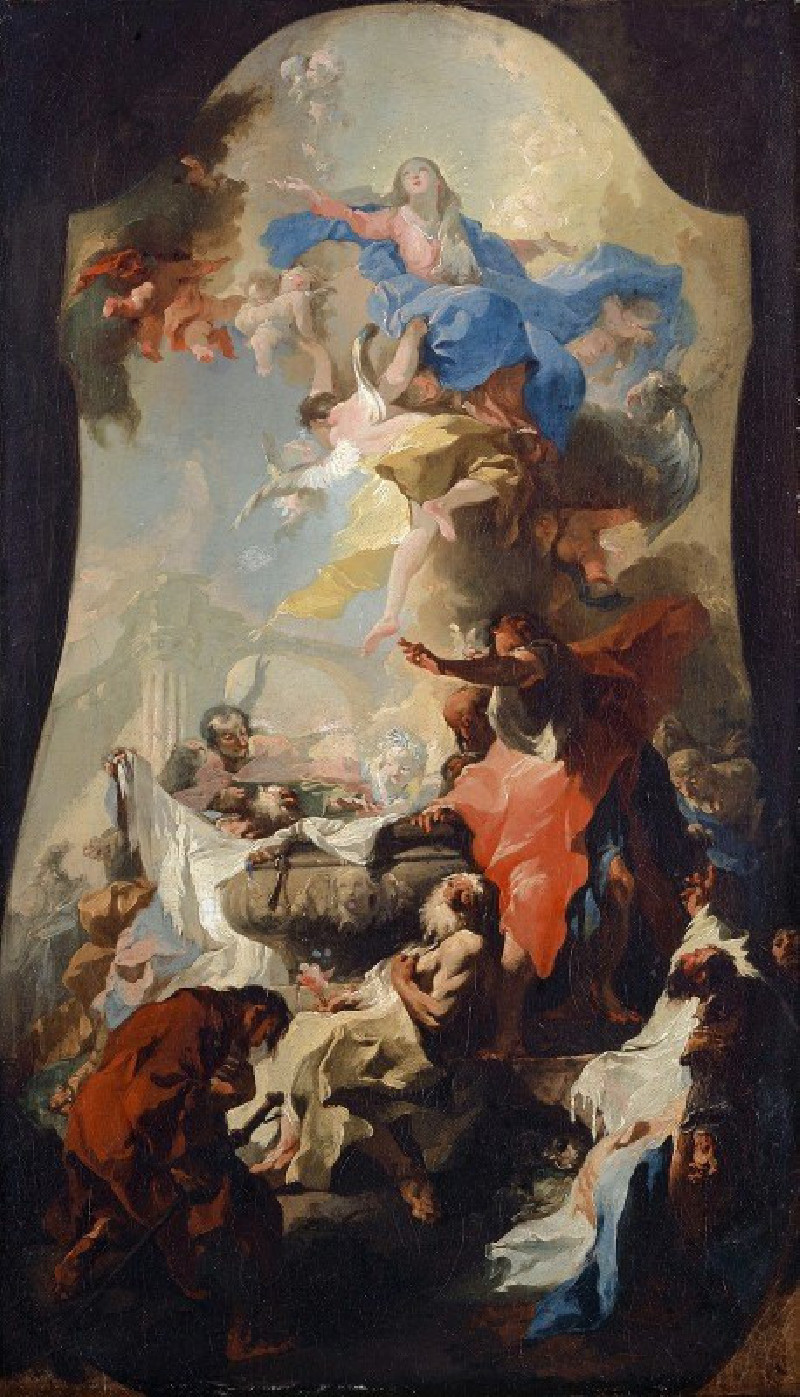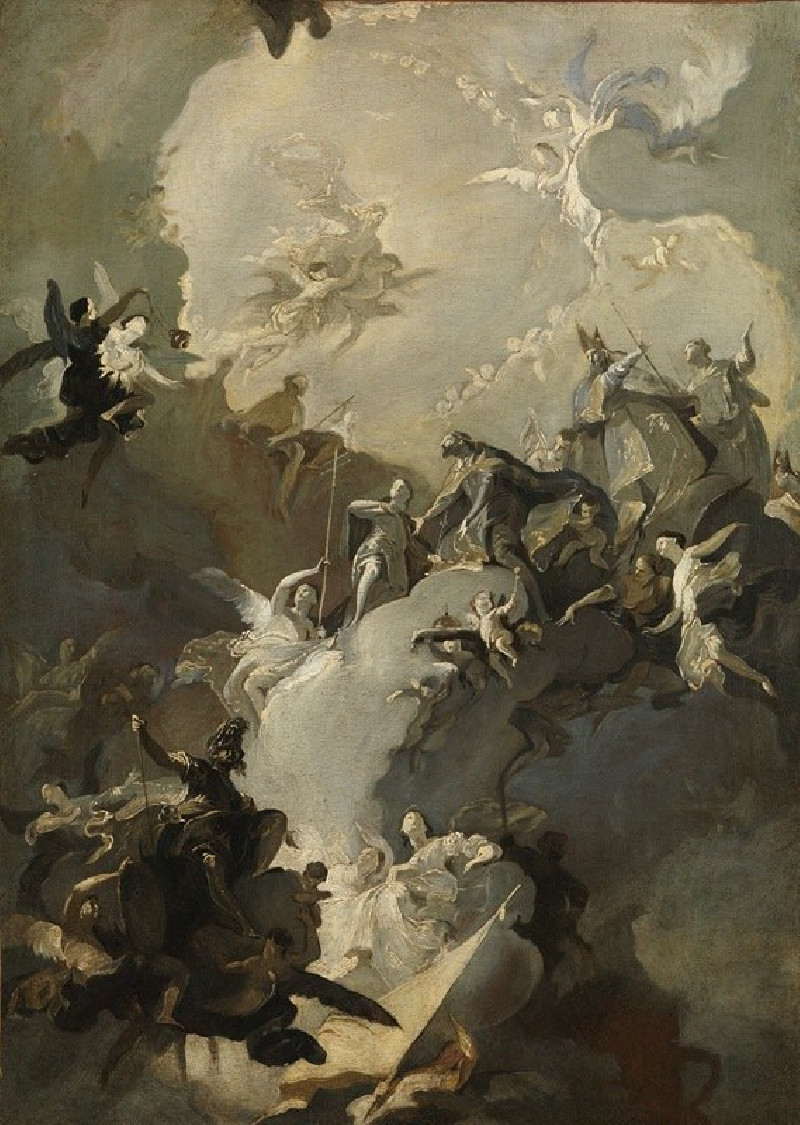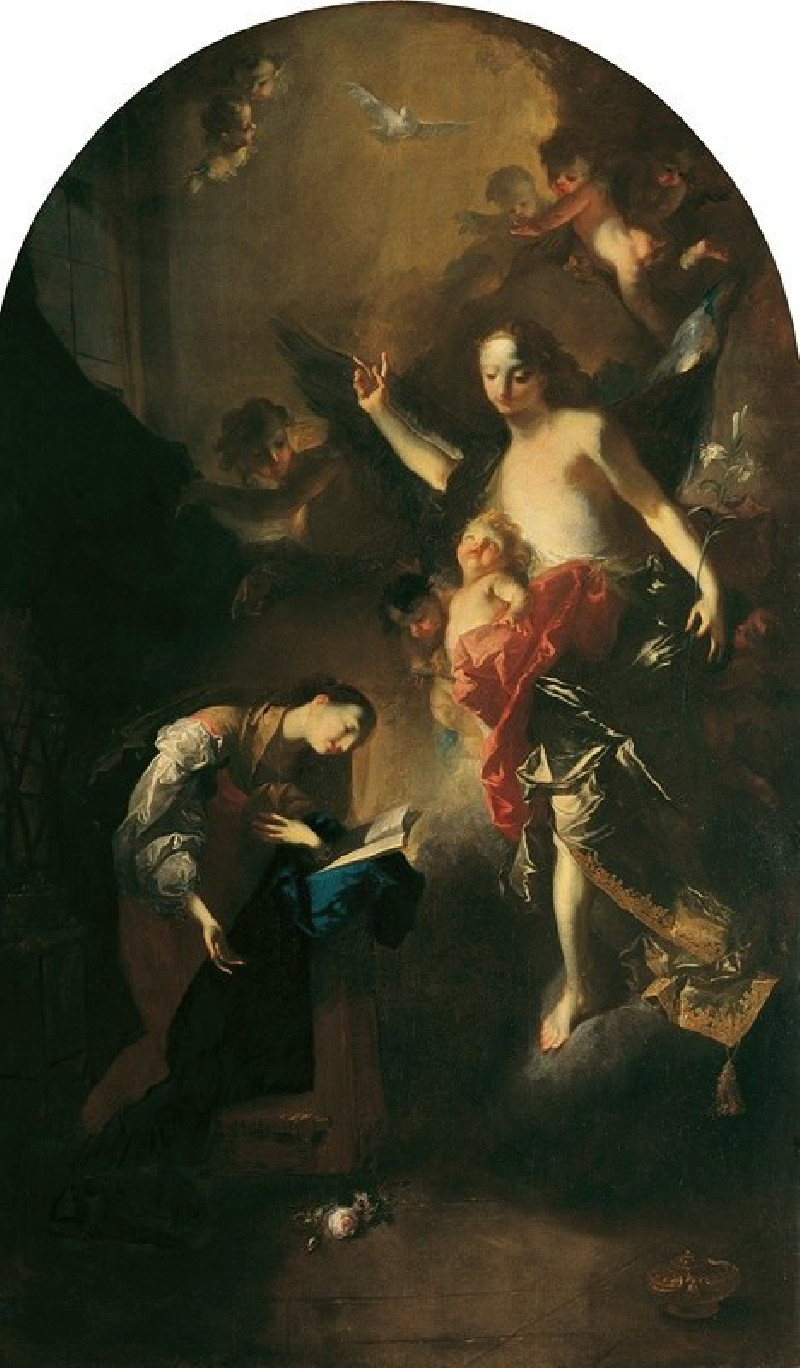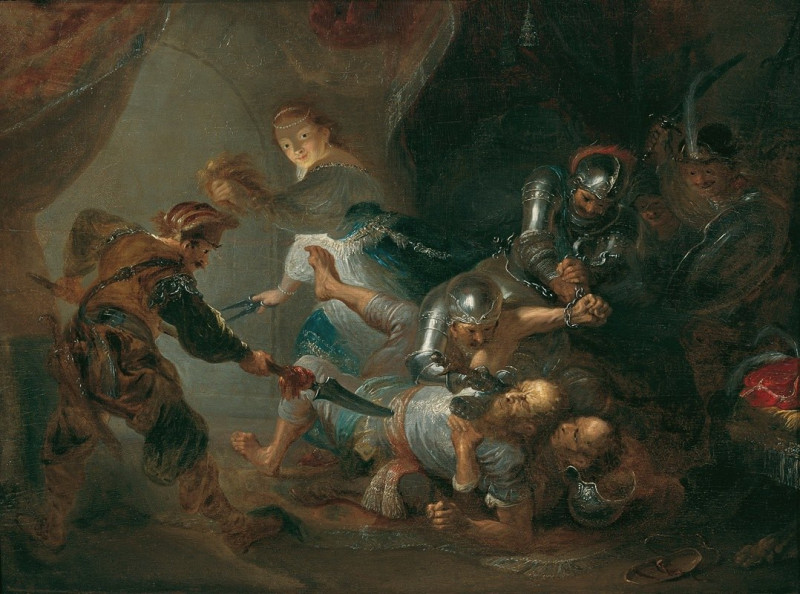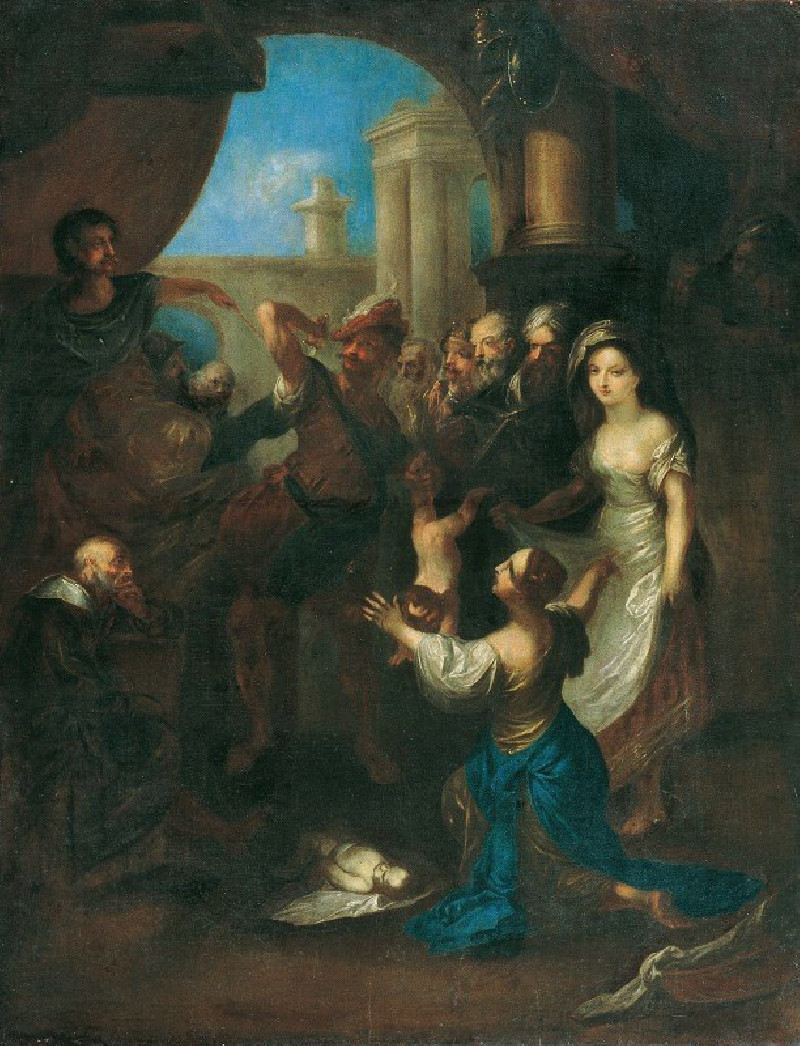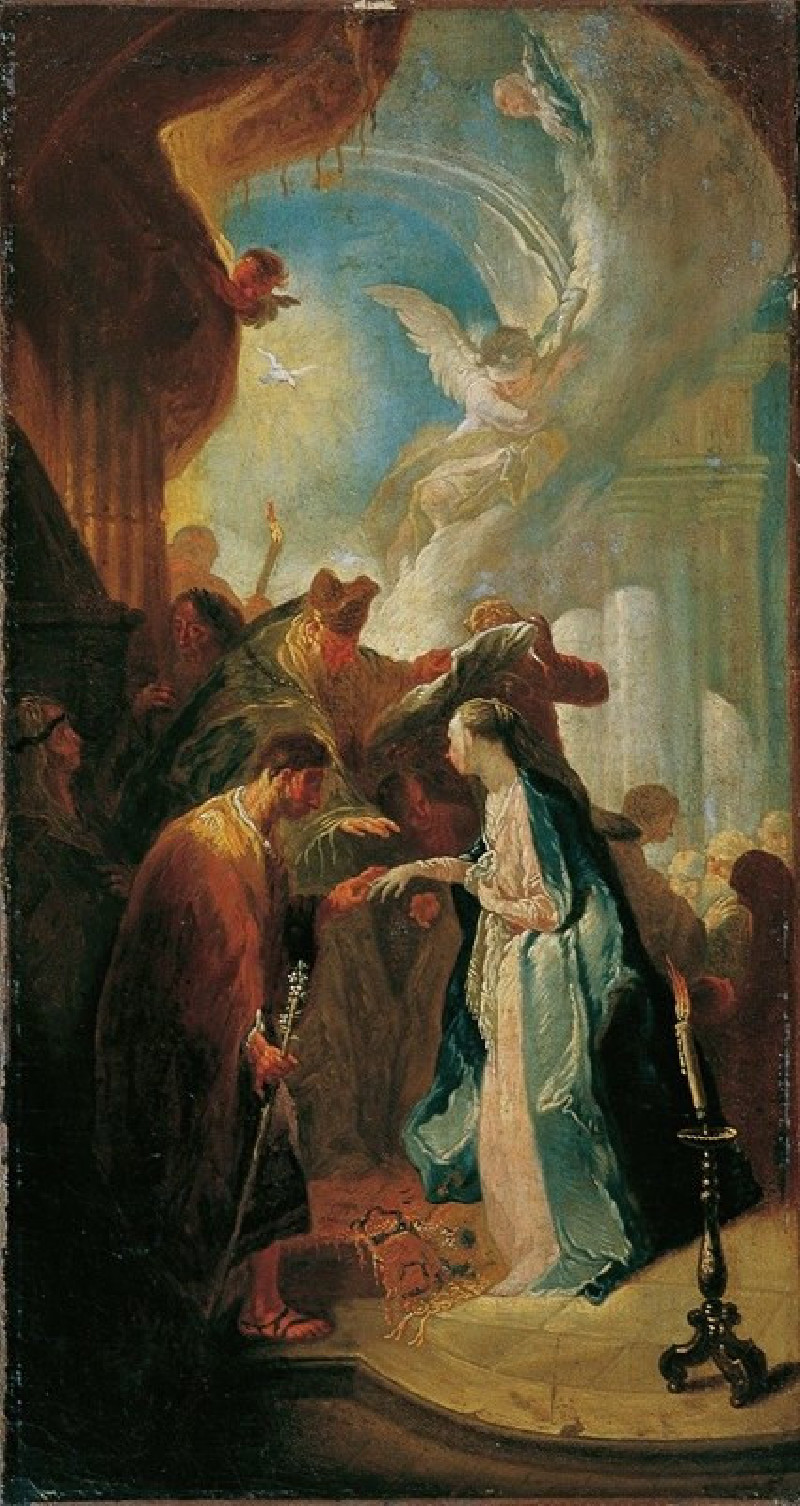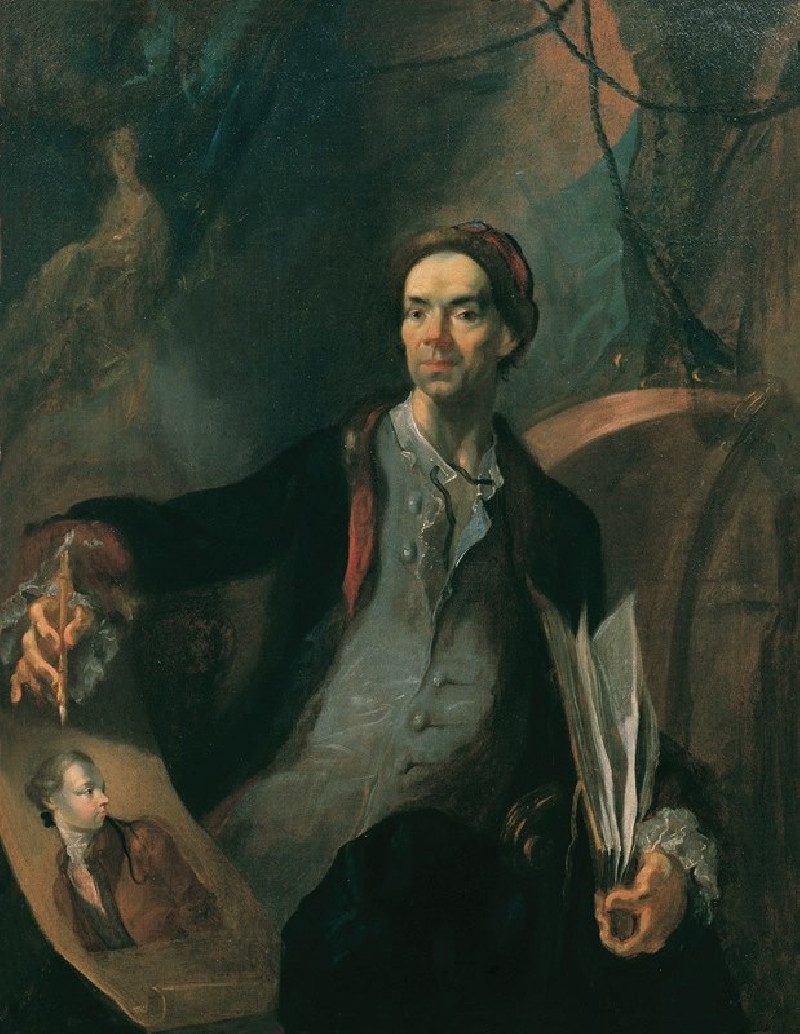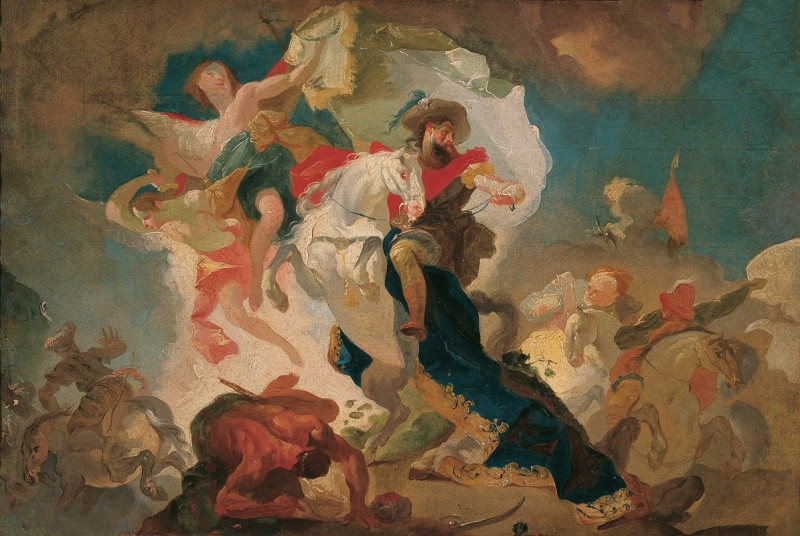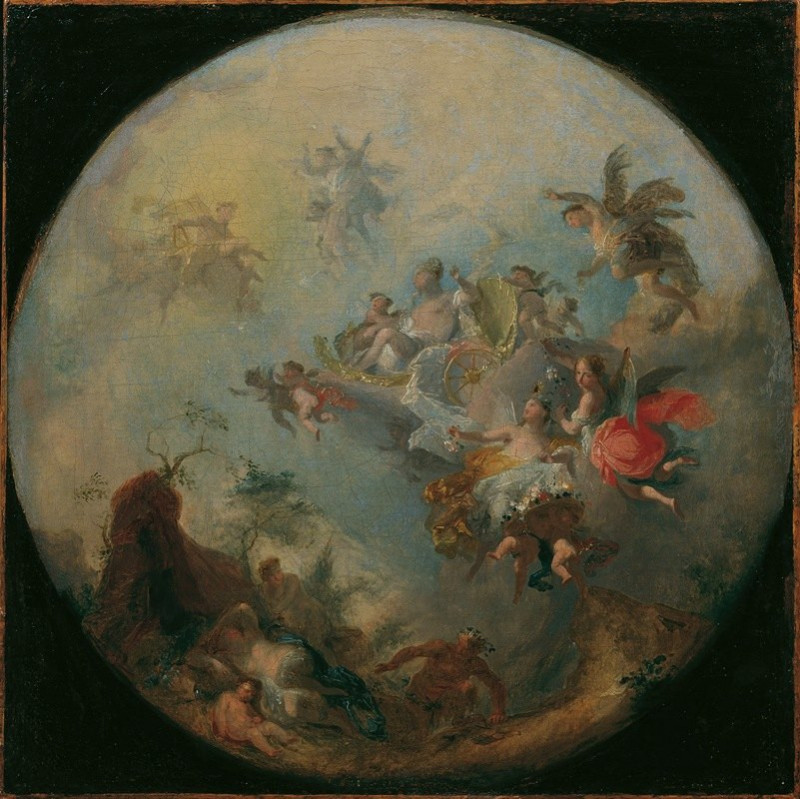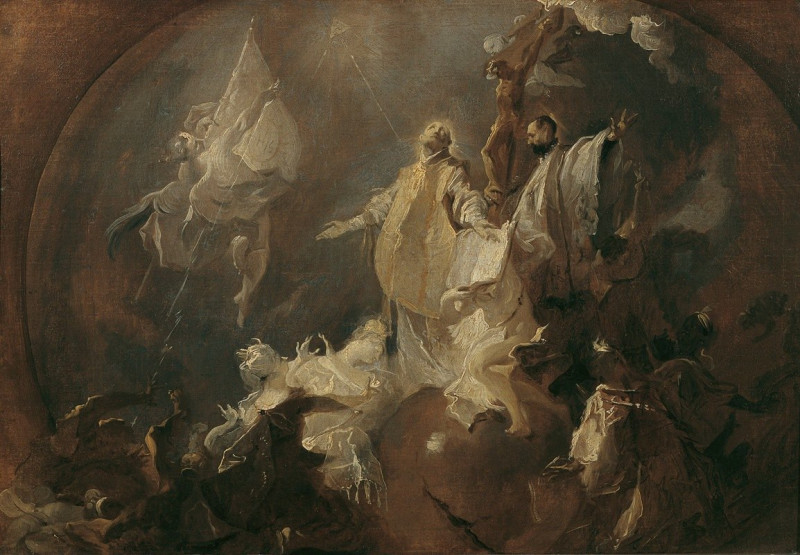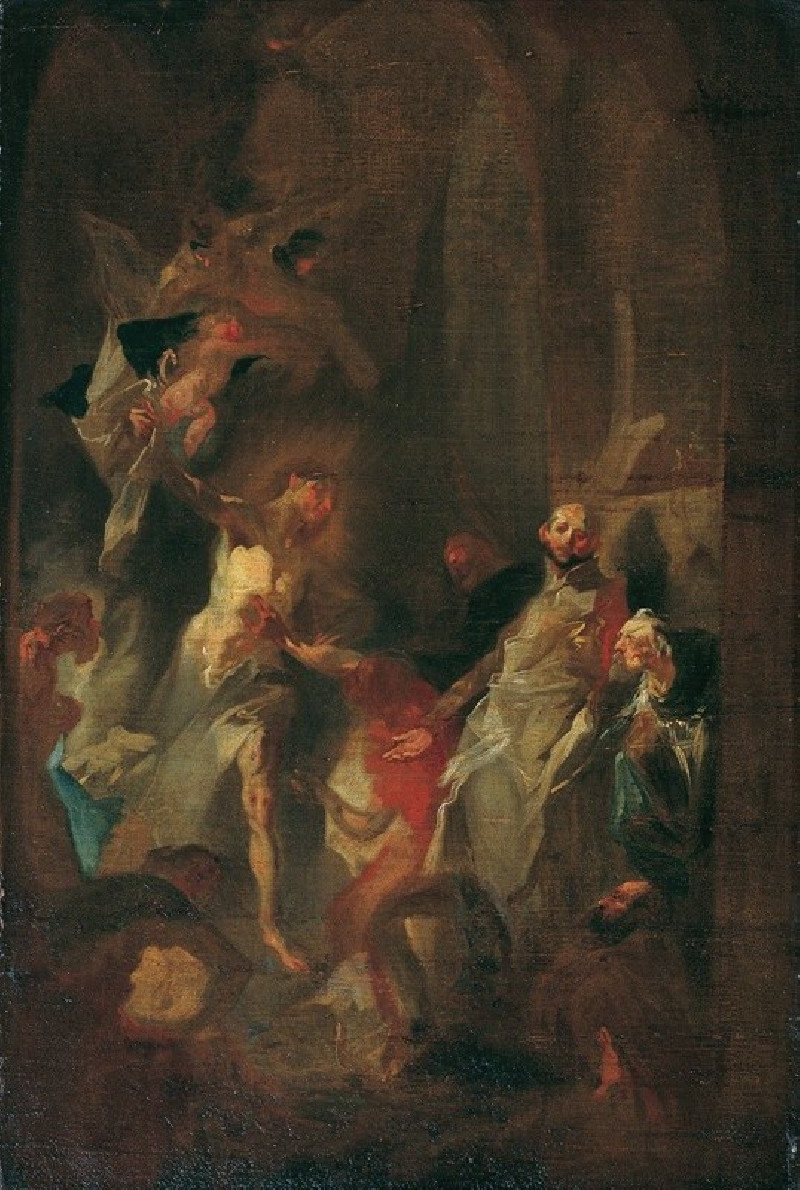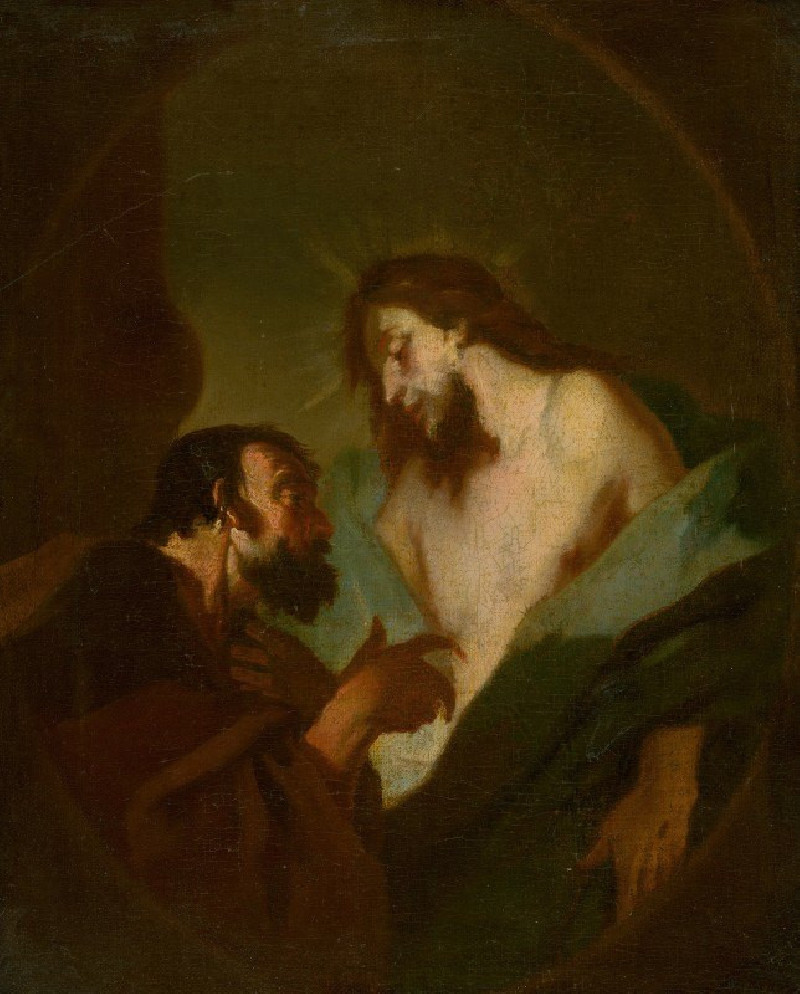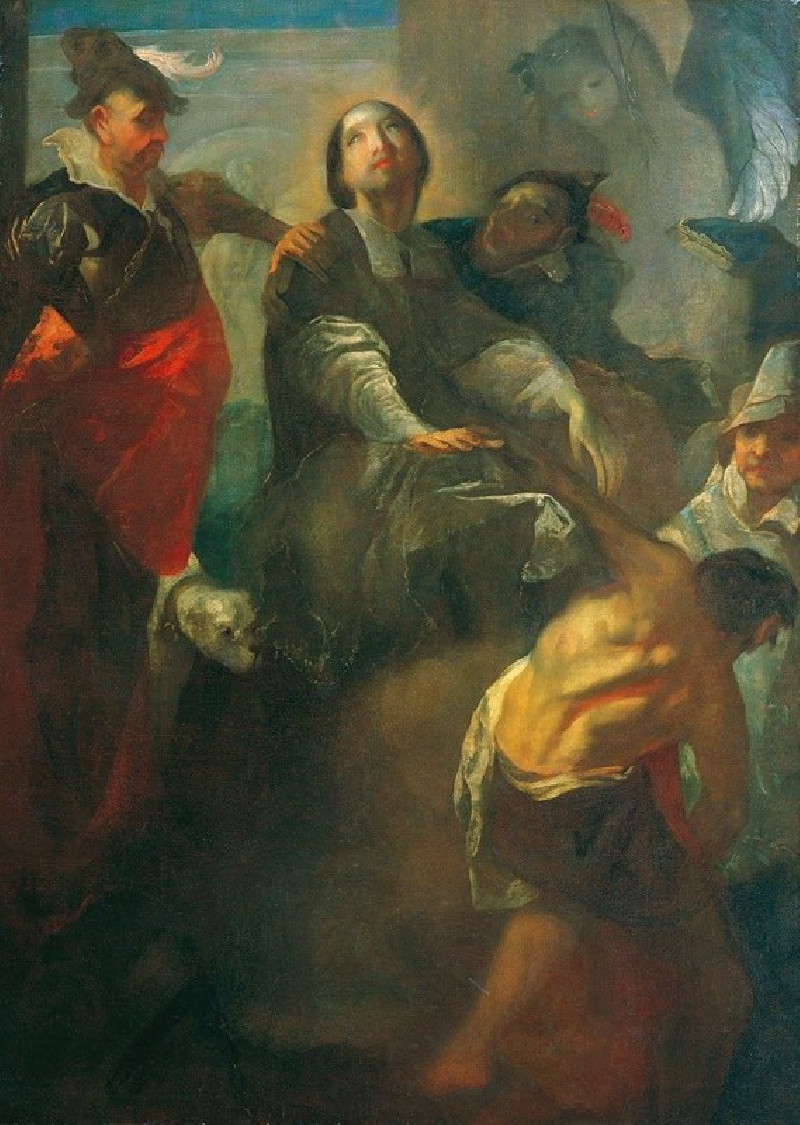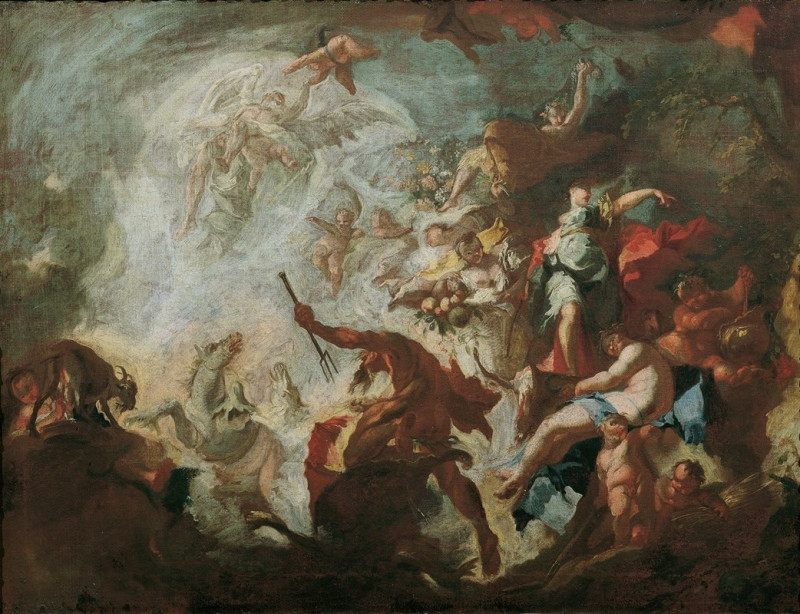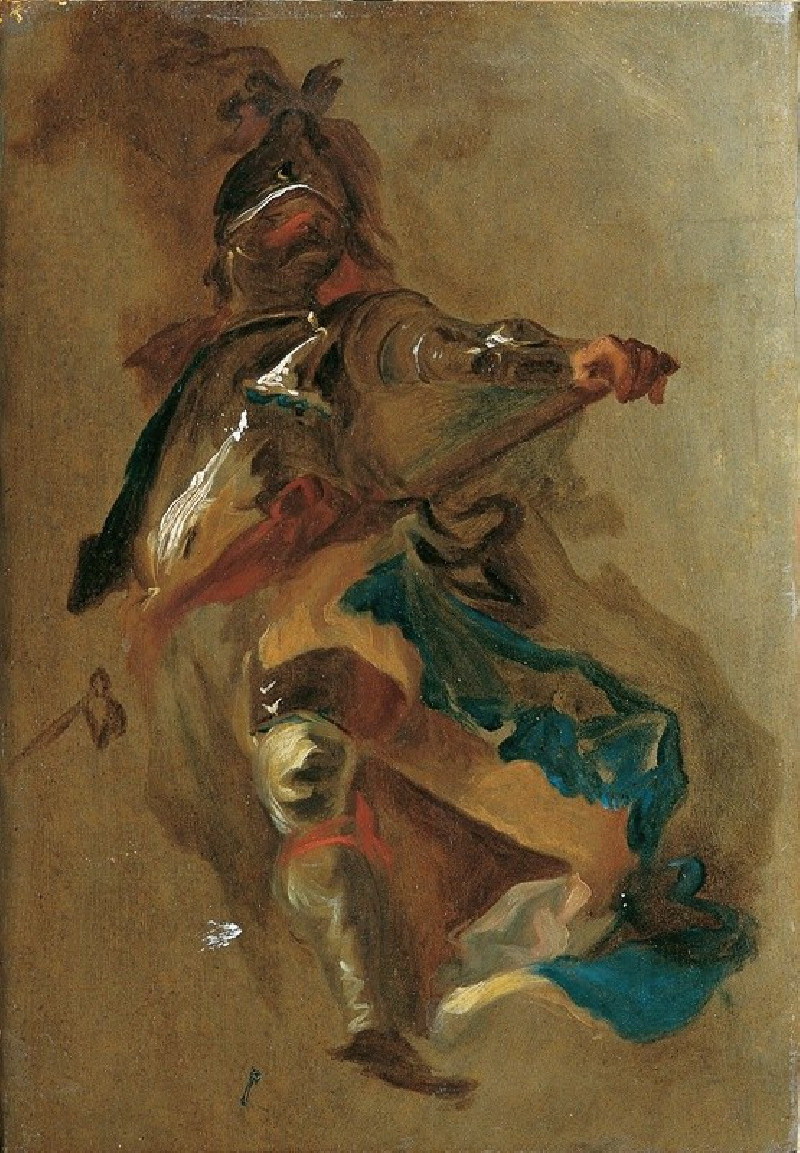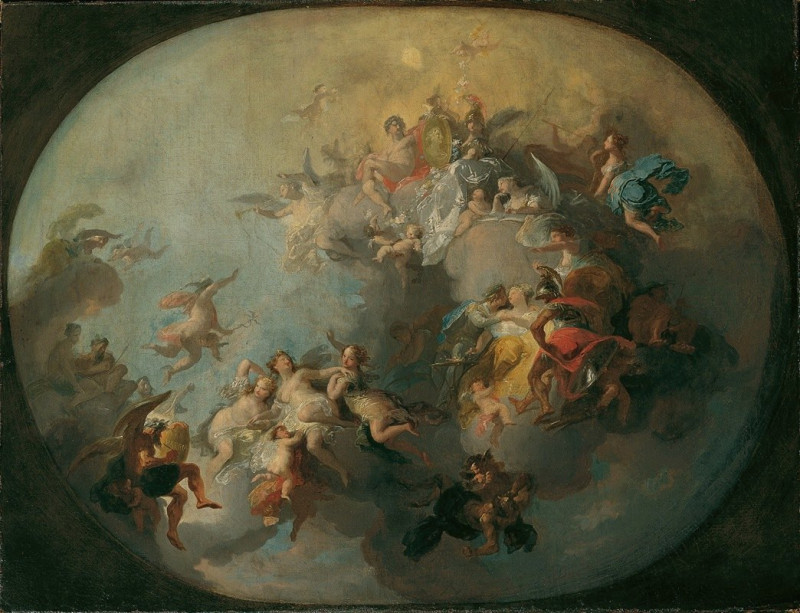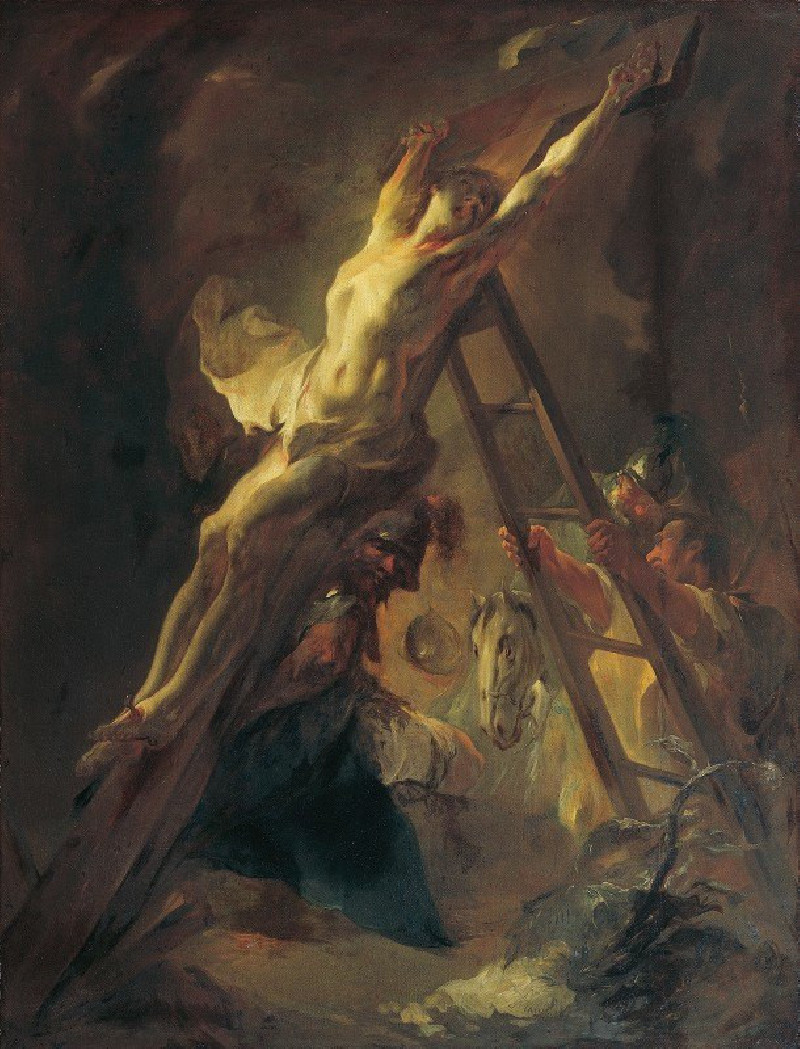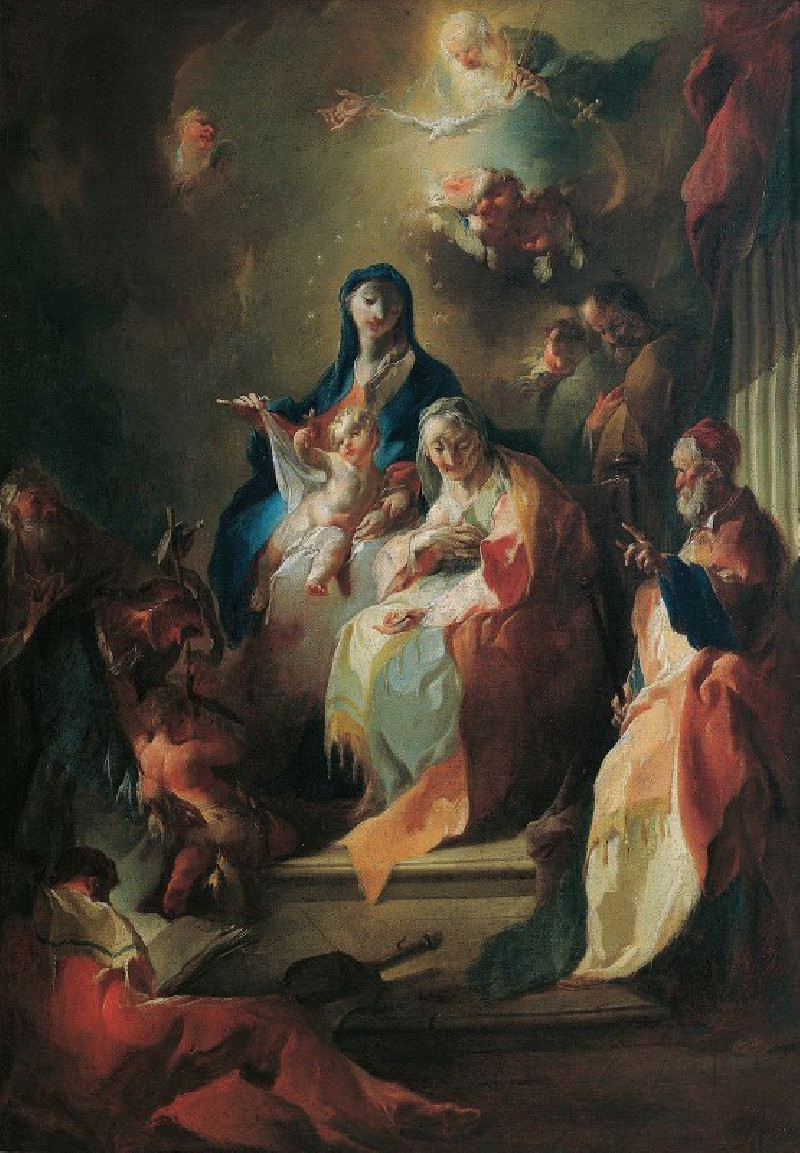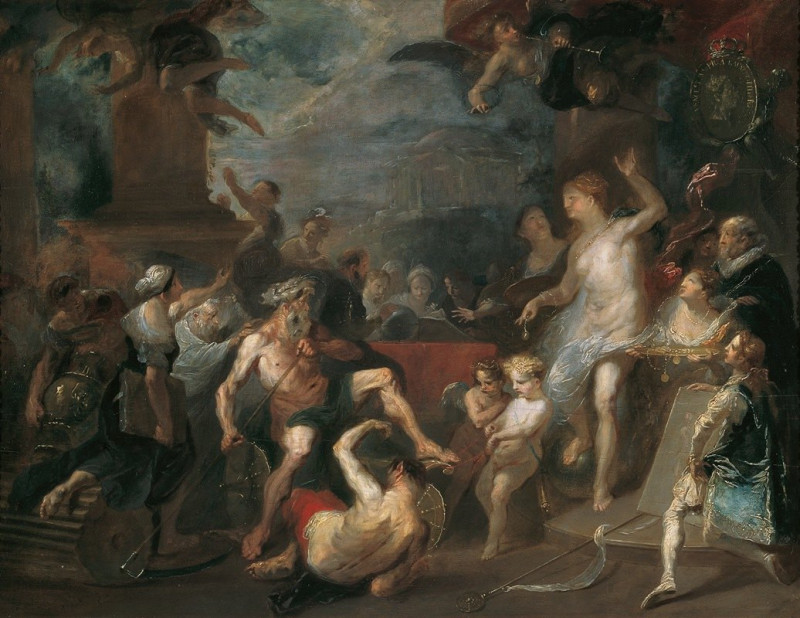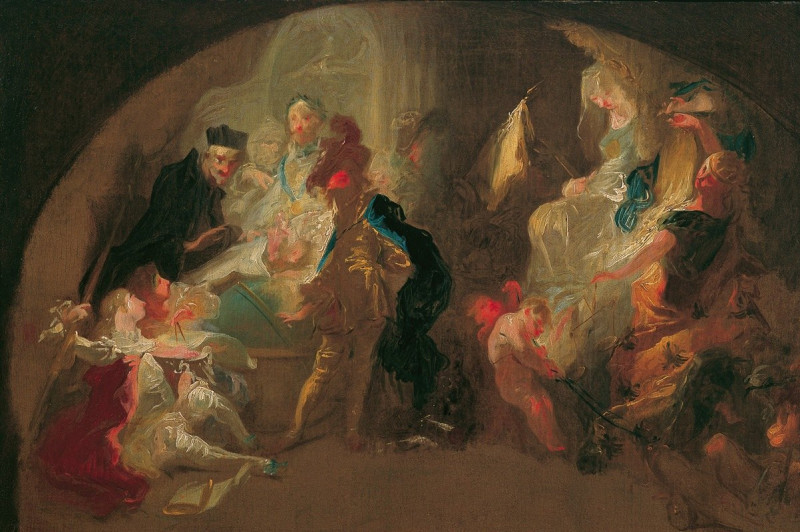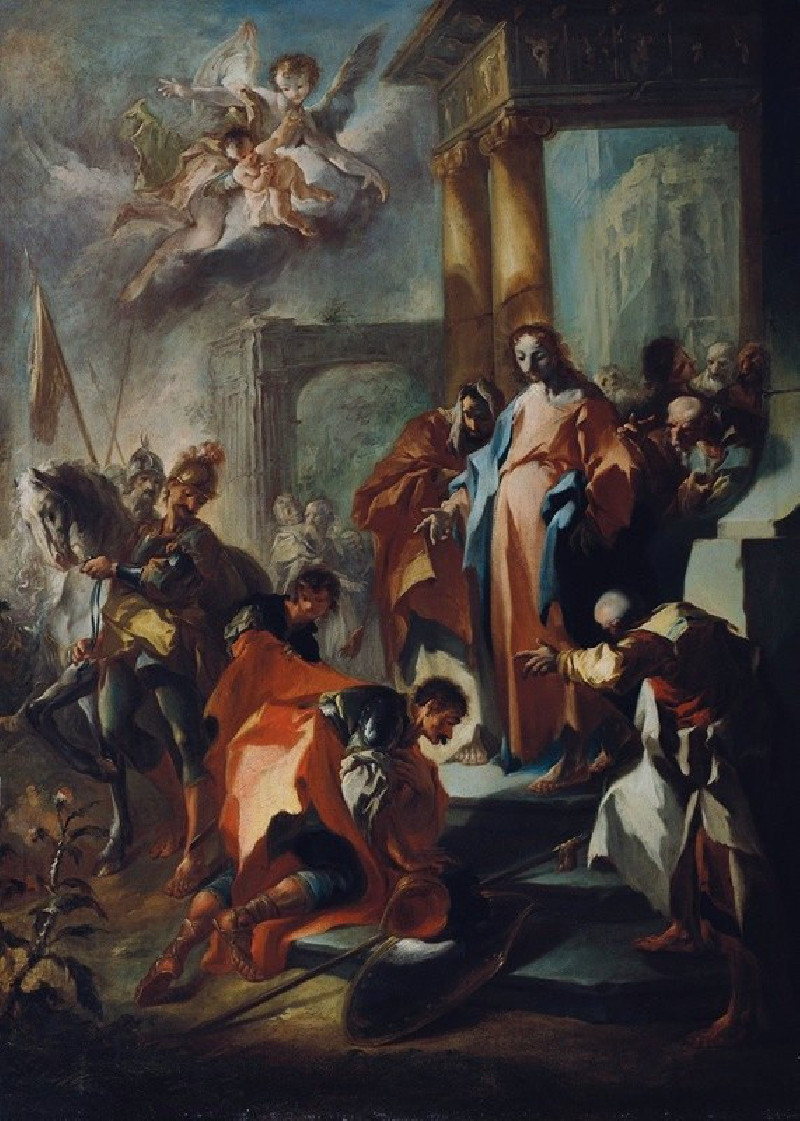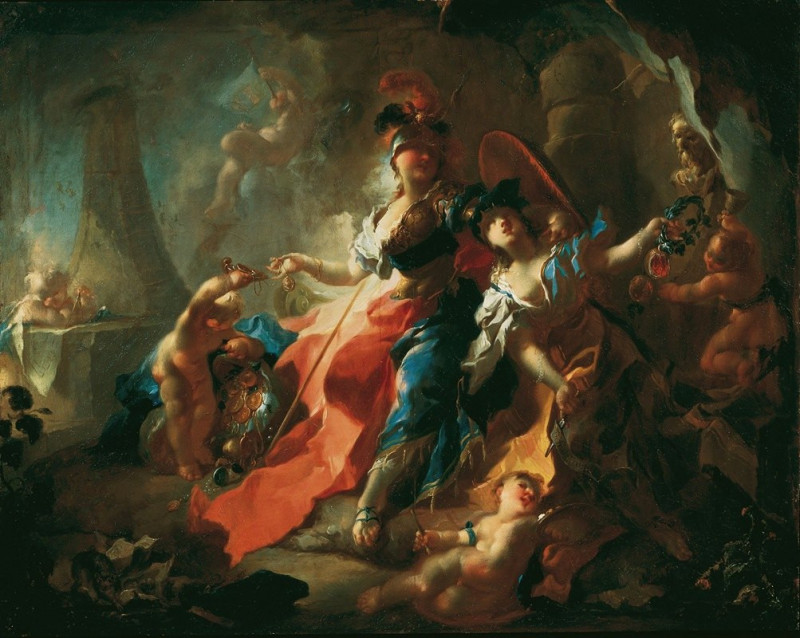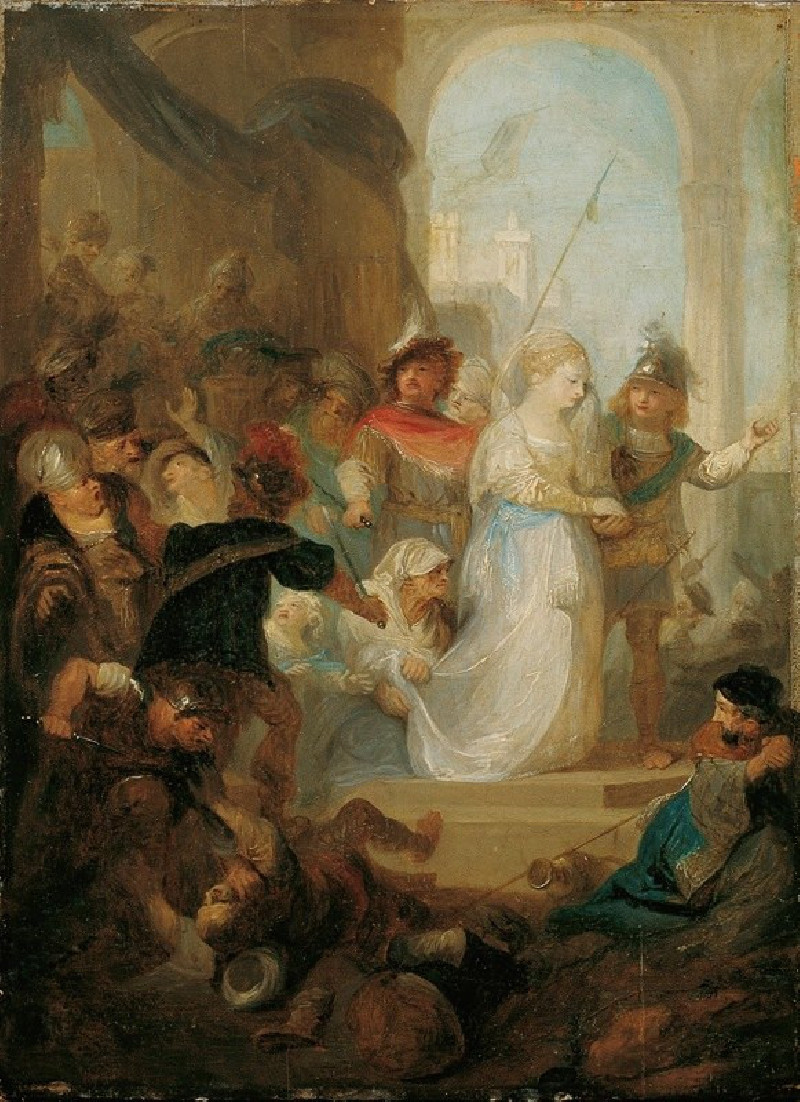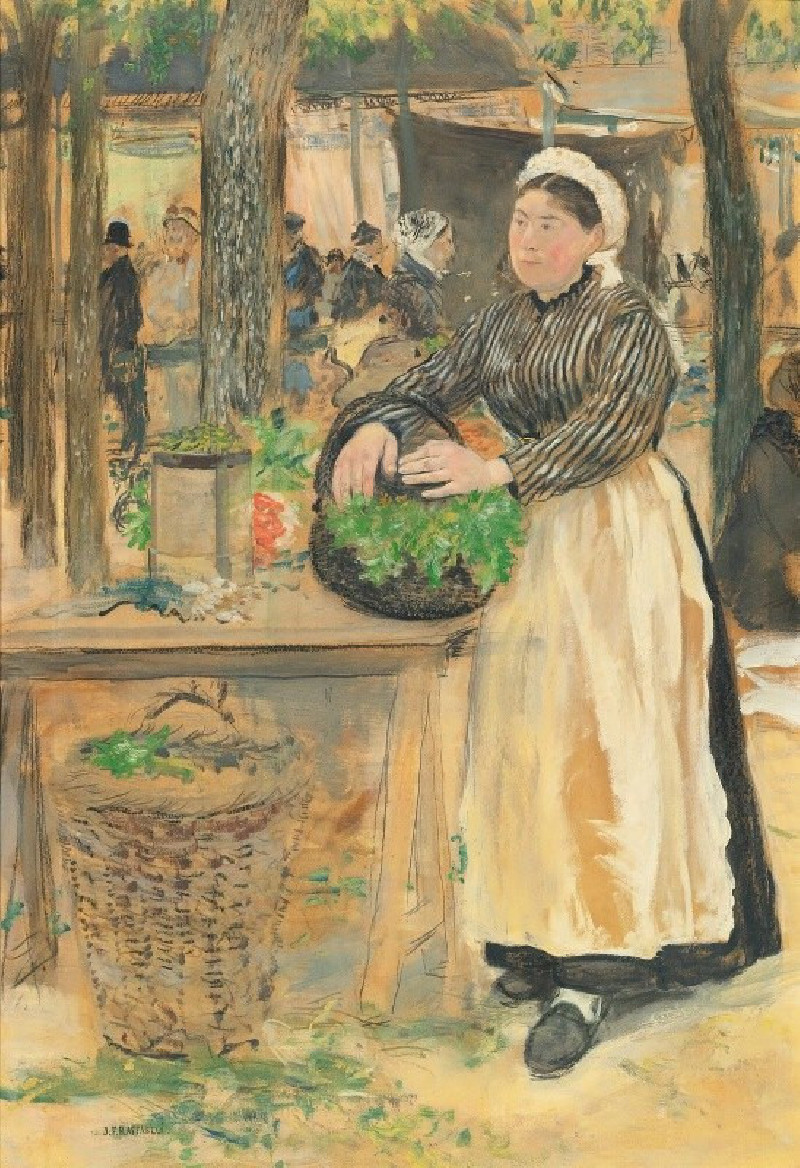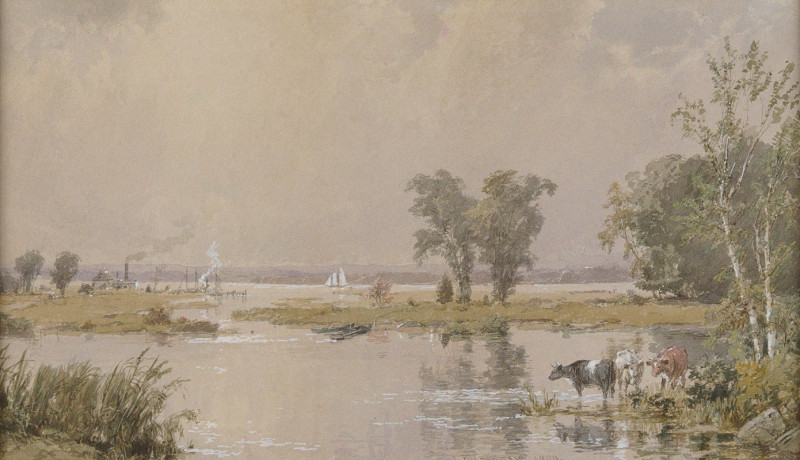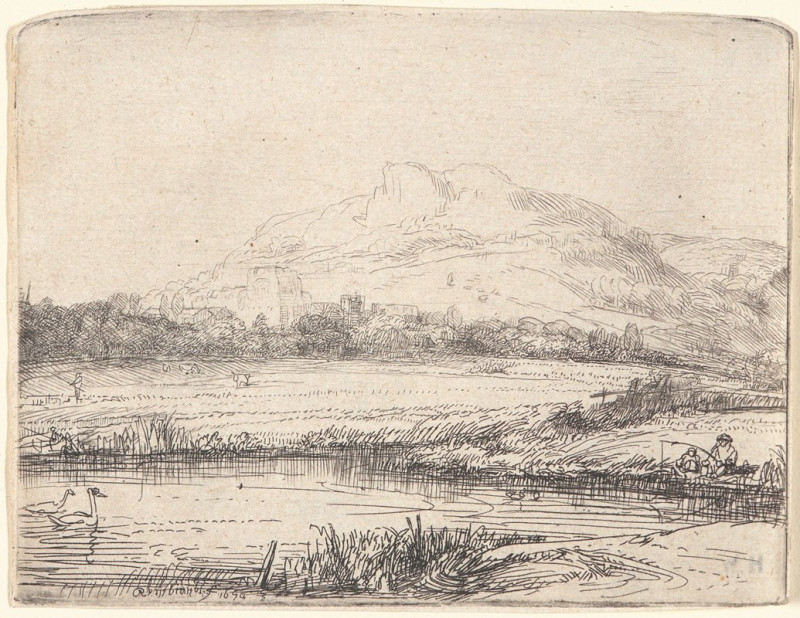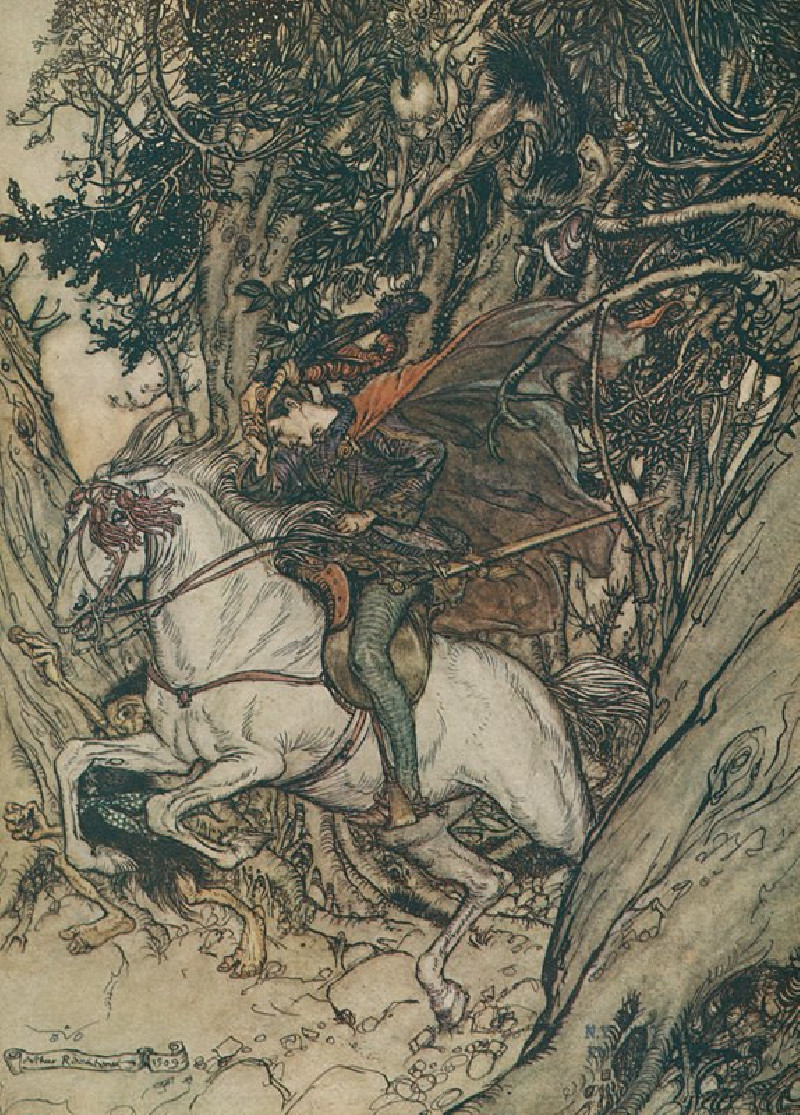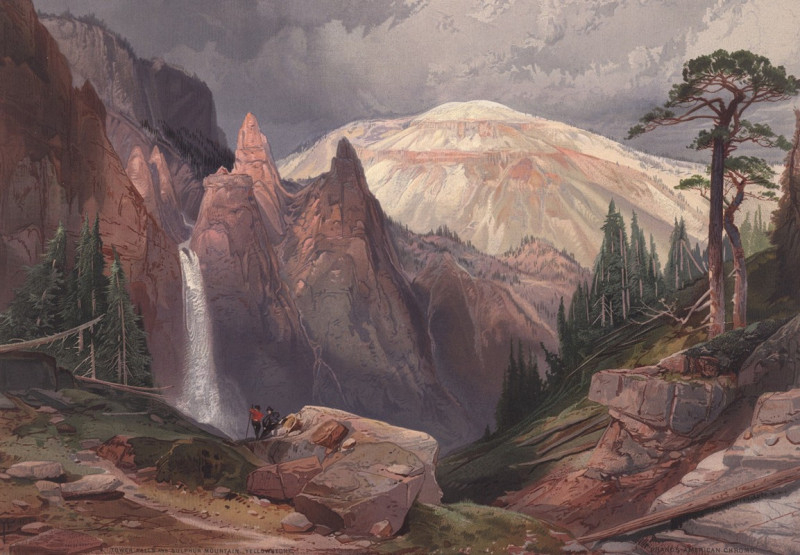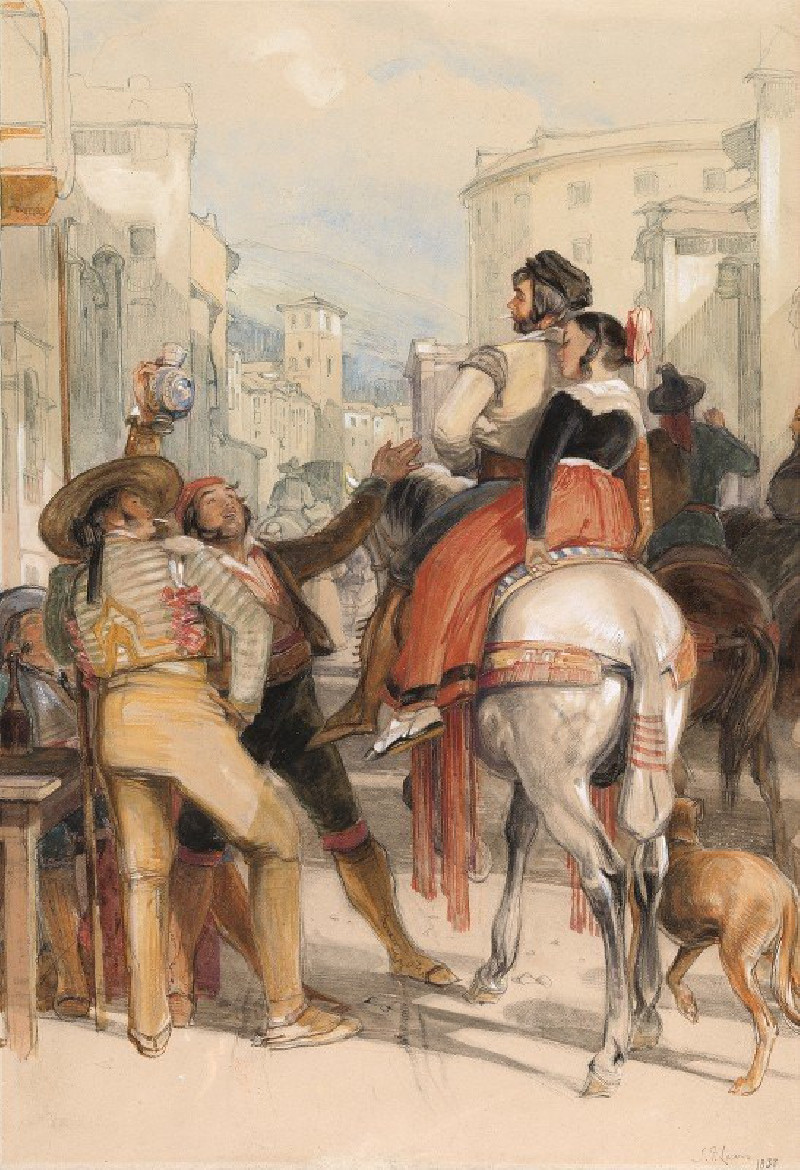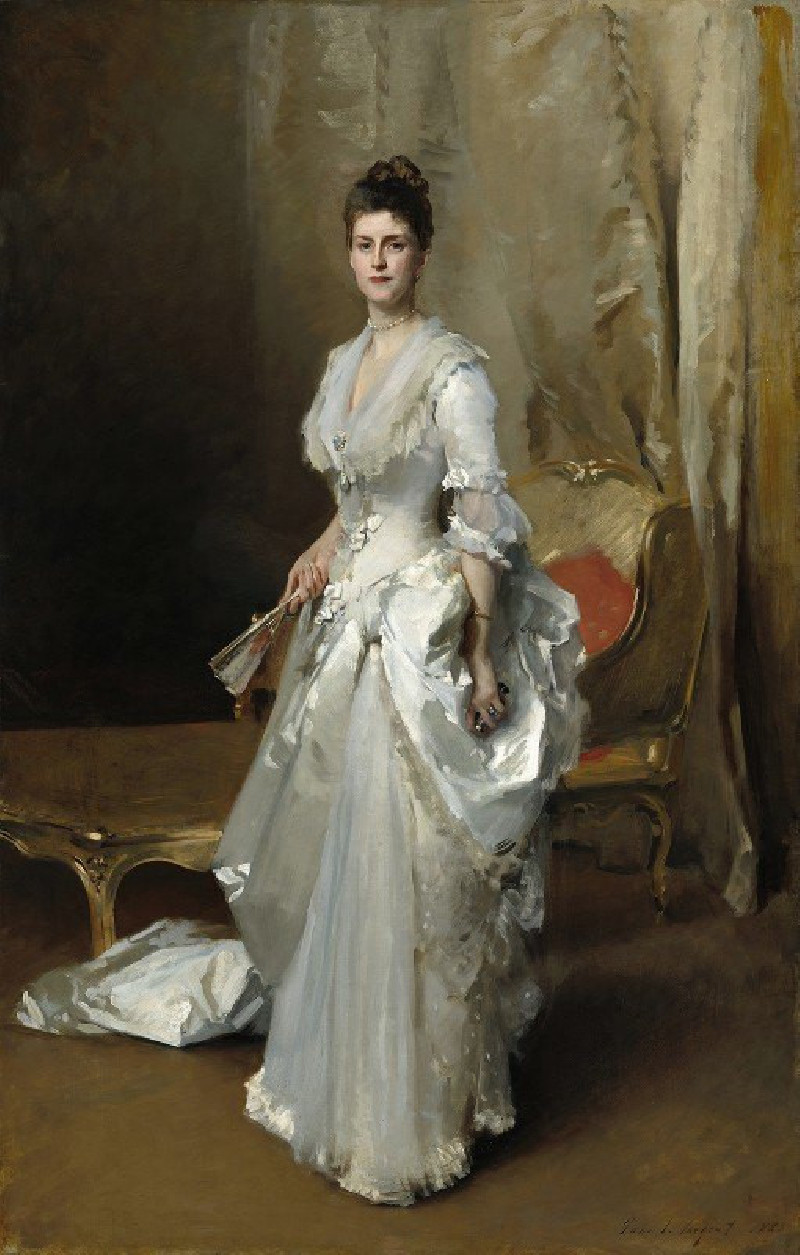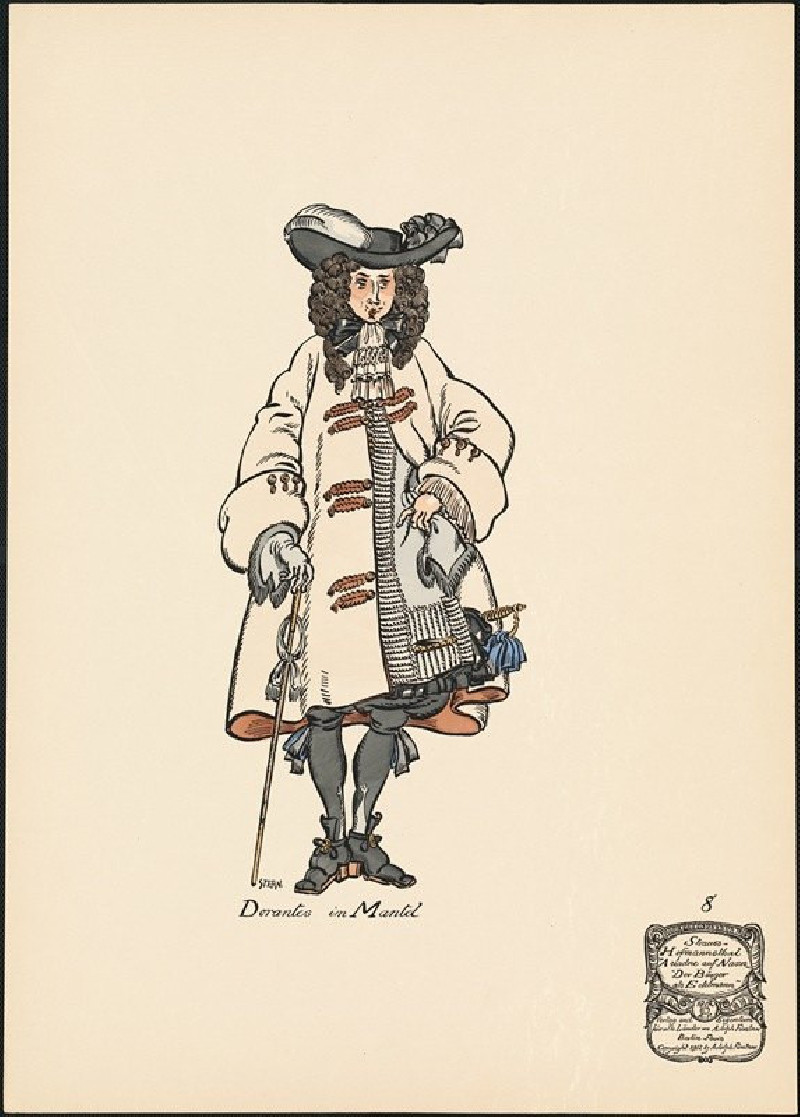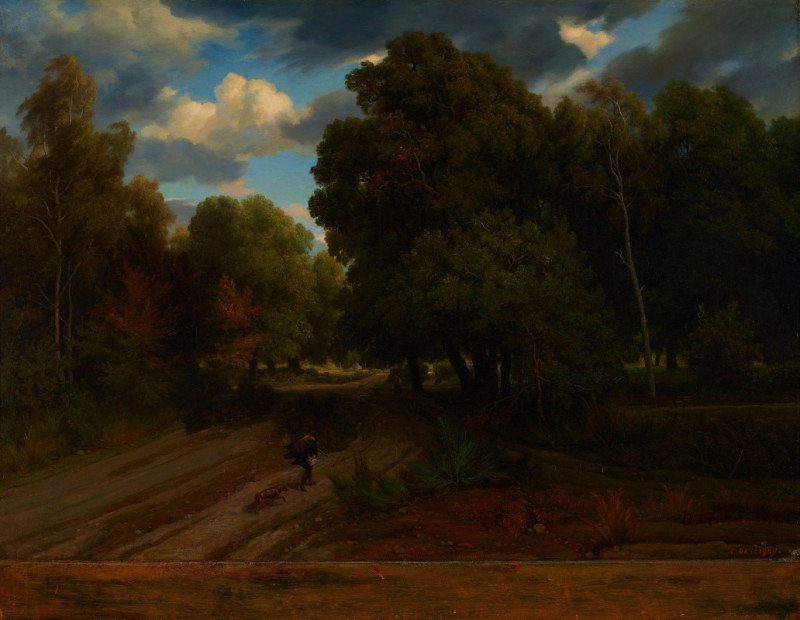Glorifikation Kaiser Josephs II. (before 1777)
Technique: Giclée quality print
Recommended by our customers
More about this artwork
**Franz Anton Maulbertsch's "Glorifikation Kaiser Josephs II" is an exuberant celebration of symbolism and allegory, expertly capturing the enlightenment ideals of its era. Created just before 1777, this painting serves as an artistic tribute to the reign and virtues of Emperor Joseph II of the Holy Roman Empire.The painting vividly brings together a series of allegorical figures, each symbolizing various virtues and aspects related to the Emperor’s rule. At the center, a robust figure draped in a striking red cloak and classical armor represents the valor and strength of Joseph II, suggesting his role as both a protector and visionary leader. This central figure is surrounded by other allegoric personifications: a woman cloaked in blue and white signifies peace and wisdom, her gaze thoughtful and poised; another figure, adorned in dark and gold garments, exudes the aura of justice and governance.At the base of the composition, a male figure in a state of semi-nudity holds a plough, symbolizing the agricultural prosperity and importance of the common man under Joseph's rule. To the left, a stately monument is adorned with an eagle - a heraldic symbol often associated with imperial authority and far-sighted vision.The background gives a glimpse of a serene landscape under a dusk sky, perhaps indicating the tranquility and order of Joseph's regime. Through dynamic brushwork and rich, layered colors, Maulbertsch not only celebrates a ruler but also immerses viewers in the philosophical and political ideals of the time.This painting is not only a study of character and regal glorification but is also a testament to Maulbertsch’s mastery in merging vivid imagery with profound historical storytelling.
Delivery
Returns
Franz Anton Maulbertsch (June 7 , 1724 - August 8 , 1796 ) was, alongside Martin Johann Schmidt , the most outstanding painter of the Austrian late Baroque . His expressive art initially broke with tradition, ultimately culminating in classicism and completing Austrian Baroque painting in an idiosyncratic and independent way.

